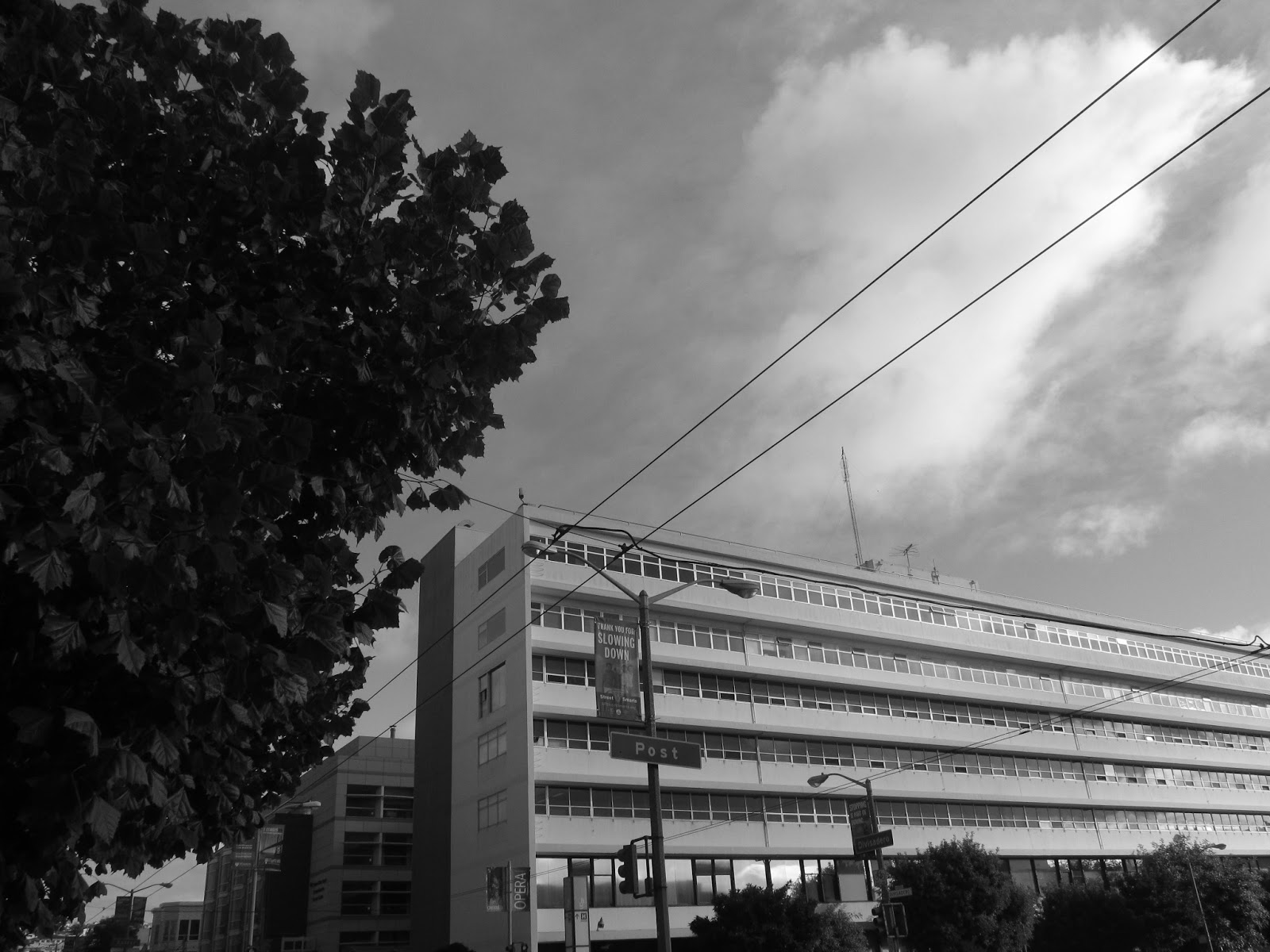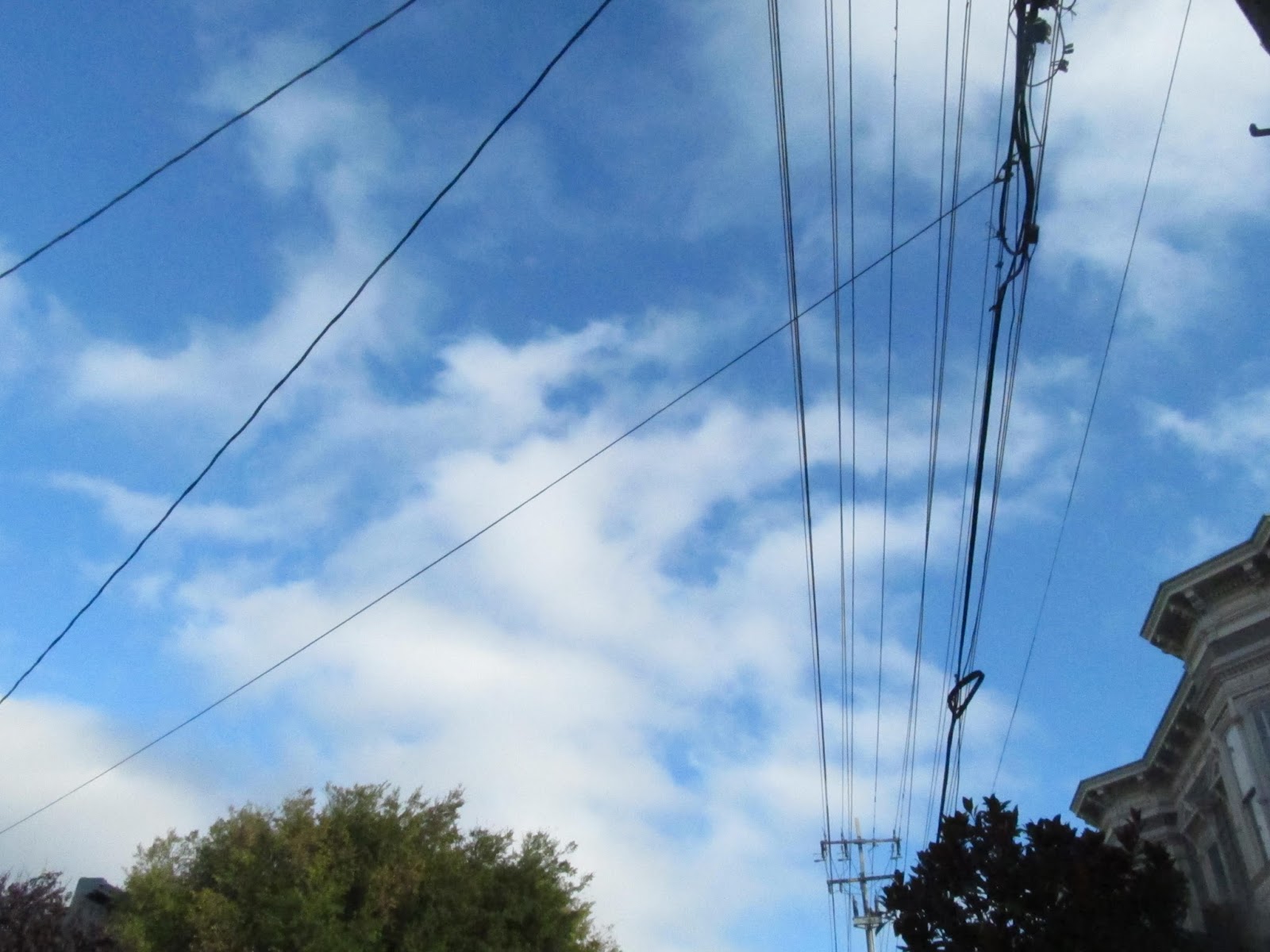 |
Asymmetry: For this part of the series, I tried to use the idea of symmetry, but rather than having an image where the two or more pieces of the image are mirrored, it's not actually mirrored. In each of my photos above, you can see that in each picture, the pieces are almost exactly the same/mirrored, but there is something different added that changes the picture to make it asymmetrical. My approach for this was to find something, like a garage or doors, and chose one that was almost exactly mirrored on both sides. From this I found great examples of asymmetry.
Balance: For this part of the series, the point was to find balance/to photograph balance. What I mean by that is just by simply looking around you at all the people, nature, buildings, etc. you can find a certain amount of balance between all the different elements. Most of my pictures have nature (or trees) and buildings, and by holding the camera at different angles, you can find balance between those things. Balance can be defined and can be seen and observed differently by each and every person. One person might find balance, for example, between the trees in a picture meanwhile another person could see balance between the trees and a building (both the same picture). My approach was simply to look around me and try to find what I consider to be balance-which most of the time involved trees and buildings.
Symmetry: For this part of the series, the objective was to find symmetry in whatever forms. Symmetry is when there is something, like a door for example, that is mirrored (there are two or more of exactly the same thing next to each other). My approach for this was to try to find something, like a building for example, that has an exact replica(s) next to it. In all of my pictures that are above, there are exact mirrors-like a door that has the exact same door right next to it.

.jpg)

.jpg)
















































